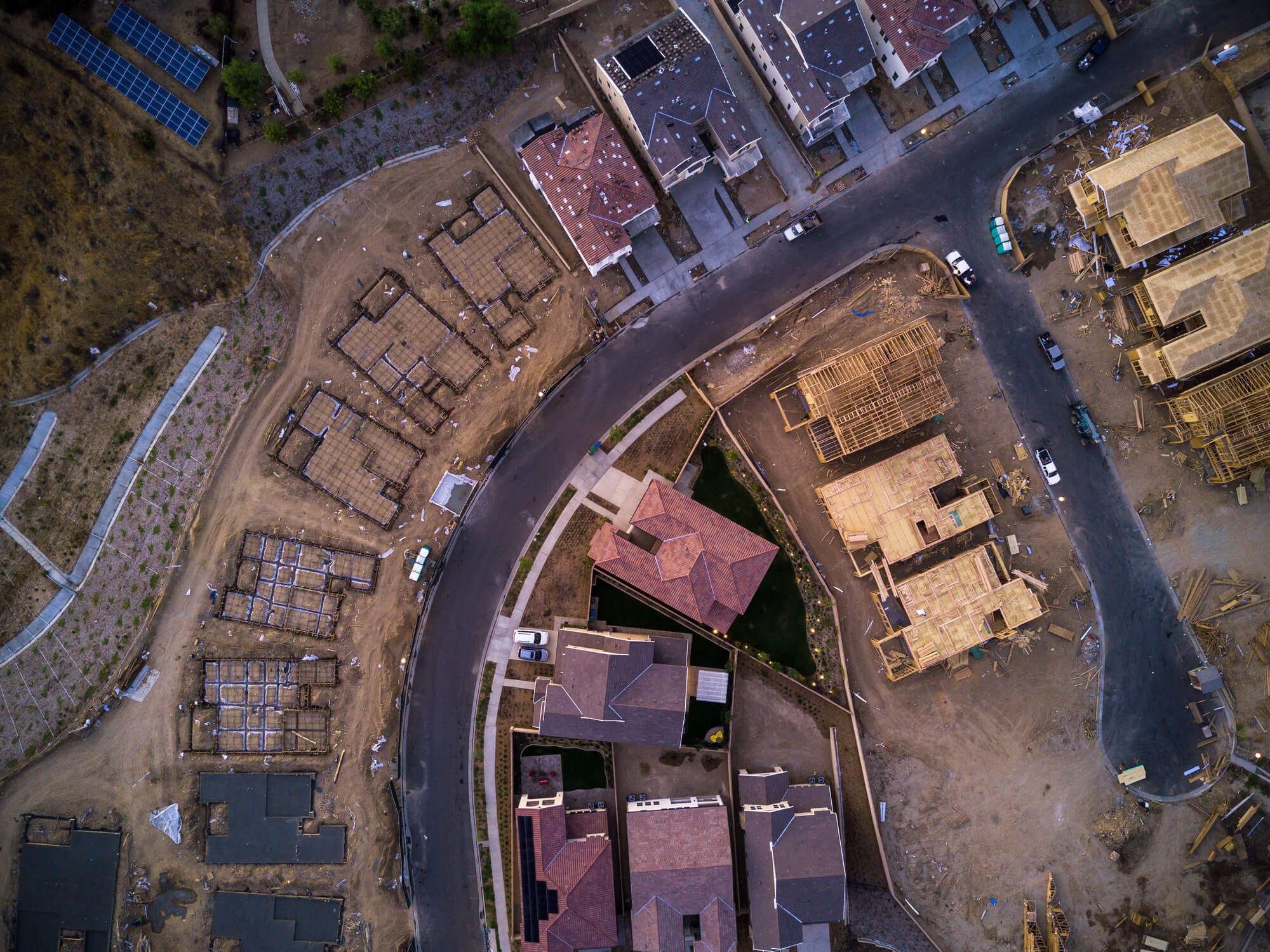A Note from Our Neighborhood Voices: We don’t need to destroy single-family neighborhoods or local democracy to build the affordable housing our communities need. We believe that local residents and neighbors know their needs best – not Sacramento politicians or for-profit developers. If you agree, join us using the form below.
This article originally appeared in CalMatters
By Dan Walters
The political war between state and local government officials over who has the last word on land use – particularly for housing – is entering a new and perhaps even more caustic phase.
Gov. Gavin Newsom and the Legislature, through new laws and directives from the state housing agency, are leaning hard on local governments, particularly cities, to make more land available for housing and eliminate zoning, design criteria, setbacks, parking requirements and other local rules that impede construction.
State officials say California needs to build 2.5 million new housing units by 2030, more than double the previous 2025 goal that isn’t close to being met.
“More than just being a high number or an aspirational goal, the new housing need … target is a legal obligation that cities and counties must abide by,” the state’s housing plan declares.
“Through the implementation of a number of meaningful accountability reforms passed by the Legislature and signed by the governor in recent years,” it adds, “California’s 2.5 million unit target is no longer a paper exercise – it’s an expectation for the zoning, permitting, and construction of real, new housing units.”
While many cities have – albeit grudgingly – changed local housing plans enough to win state approval, some have held out, contending that locally elected city councils should have the last word on what happens in their neighborhoods.
Resistance has been particularly stout in high-income cities with spacious single-family homes on large lots and little or no multi-family apartment development. Their officials argue that high-density housing would spoil their bucolic ambience – a claim that pro-housing advocates say smacks of racial or economic segregation.
State officials have threatened legal action against the holdouts, and new laws allow developers to build projects without local permission in cities that lack approved housing plans.
Unable to muster enough support in the Legislature, critics of the state’s build-it-now policies may turn to voters. The have submitted a proposed constitutional amendment that would restore local authority over housing projects, declaring “local land use planning or zoning initiatives approved by voters shall not be nullified or superseded by state law.”
There’s another new and ironic wrinkle in the years-long conflict. The state has just published new population projections that could undercut specific housing quotas the state has imposed on regions and indirectly on cities.
The state’s current housing plan assumes that California’s population will reach 42.3 million by 2030 with 14.4 million households. However, a few weeks ago the state Department of Finance’s demographers, reacting to the state’s recent population declines, issued a new set of projections that California’s population will show little or no growth through 2060.
The demographers now estimate that in 2030, California will have just 39.4 million residents – 3 million fewer than the previous projection – which would translate into about a million fewer households needing homes.
For example, in the nine-county San Francisco Bay Area, the state’s quota of 441,176 new units by 2030 is based on a projected population of 8.3 million but the state’s new 2030 estimate is just 7.6 million.
An even starker numerical gap is evident in the six counties that make up the Southern California Association of Governments, including Los Angeles. SCAG’s 1.3 million-unit quota assumes that the region will have 20.5 million residents by 2030 but the state now projects that its population will be markedly lower at 18.6 million.
Critics of the state’s quota system are already crunching the numbers to contend that it’s based on inaccurate projections of need and therefore should not be the basis of pressure from state officials.
California still has a big housing shortage, but it may be considerably smaller than the official numbers.

